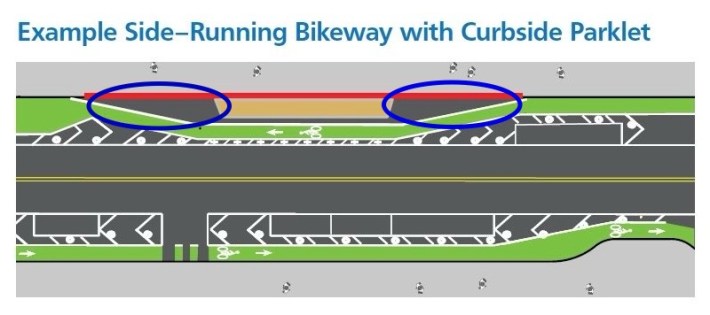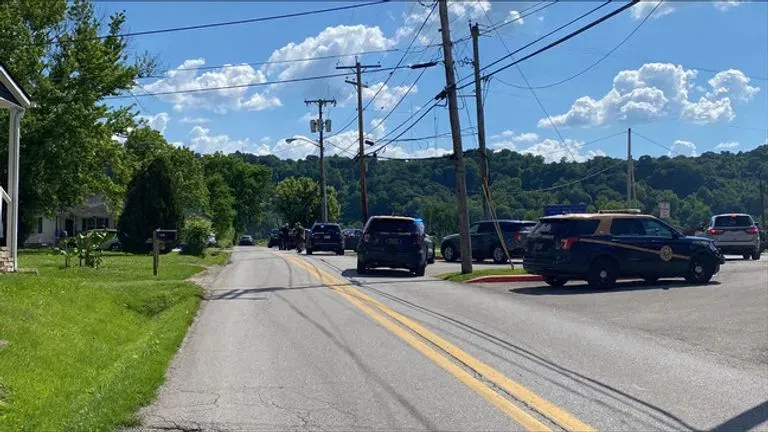Bussiness
Commentary: Making Valencia Better for Business – Streetsblog San Francisco

Note: GJEL Accident Attorneys regularly sponsors coverage on Streetsblog San Francisco and Streetsblog California. Unless noted in the story, GJEL Accident Attorneys is not consulted for the content or editorial direction of the sponsored content.
SFMTA is preparing designs for curbside protected bike lanes for Valencia Street, as more than 1,000 people have called for through the Better Valencia campaign. The Valencia Corridor Merchants Association has also signaled its support for curbside-protected bike lanes in a letter to the SFMTA Board of Directors. The city is pivoting towards removing the center-running bikeway and replacing it with best-practice curbside protected lanes between 15th and 23rd Streets.
With SFMTA’s pivot comes another design decision: Should the curbside protected bike lanes be wrapped around Valencia’s remaining parklets (as in the image above of Four Barrel Coffee’s parklet on Valencia between 15th and Rosa Parks Lane) or should the parklets “float” with the bike lane running between the curb and the (as in the image below on Telegraph in Oakland)?
It’s better to keep the parklet flush to the sidewalk and route the bike lanes around it, as in the first option. First — and most importantly for Valencia merchants and their customers — keeping parklets flush with the sidewalk creates a more pleasant, comfortable, and enjoyable experience than “floating” parklets. By connecting the parklets directly to the sidewalk, customers and staff can more easily enter and exit them. This is especially important for people with disabilities. Making the parklet more accessible, comfortable, and enjoyable will encourage more people to shop and dine on Valencia, increasing revenue for local businesses.
Second, floating parklets create the danger of a collision between a person biking or scooting and someone entering/exiting the parklet since they must cross the bike lane. That’s especially important for children, seniors, and people with disabilities.

Third — and perhaps less intuitive — the curbside parklet option provides extra space where the bike lane comes off the curb and bends around the parklet (circled in blue in the image above). That space could be used for more seating, planters, lighting, or trees.
If the curbside bike lane with curbside parklet design is chosen, SFMTA should install it as soon as possible, even if it means using “Quick-Build” materials like paint and plastic posts. However, SFMTA must also commit to upgrading the bike lane separation to real protection — concrete or steel — and work on upgrading it as soon as possible. That will not only protect people biking and scooting, but people in parklets as well, further enhancing the parklet experience, safety, and comfort on Valencia.
Curbside protected bike lanes with curbside parklets is the best short-term design option for Valencia Street which will make the street better for business, safety, and people. Now the question is whether SFMTA will act quickly to install that design to make Valencia better for everyone.
***
Luke Bornheimer is an independent sustainable transportation advocate living in San Francisco. Considering signing up to his Better Valencia campaign.










